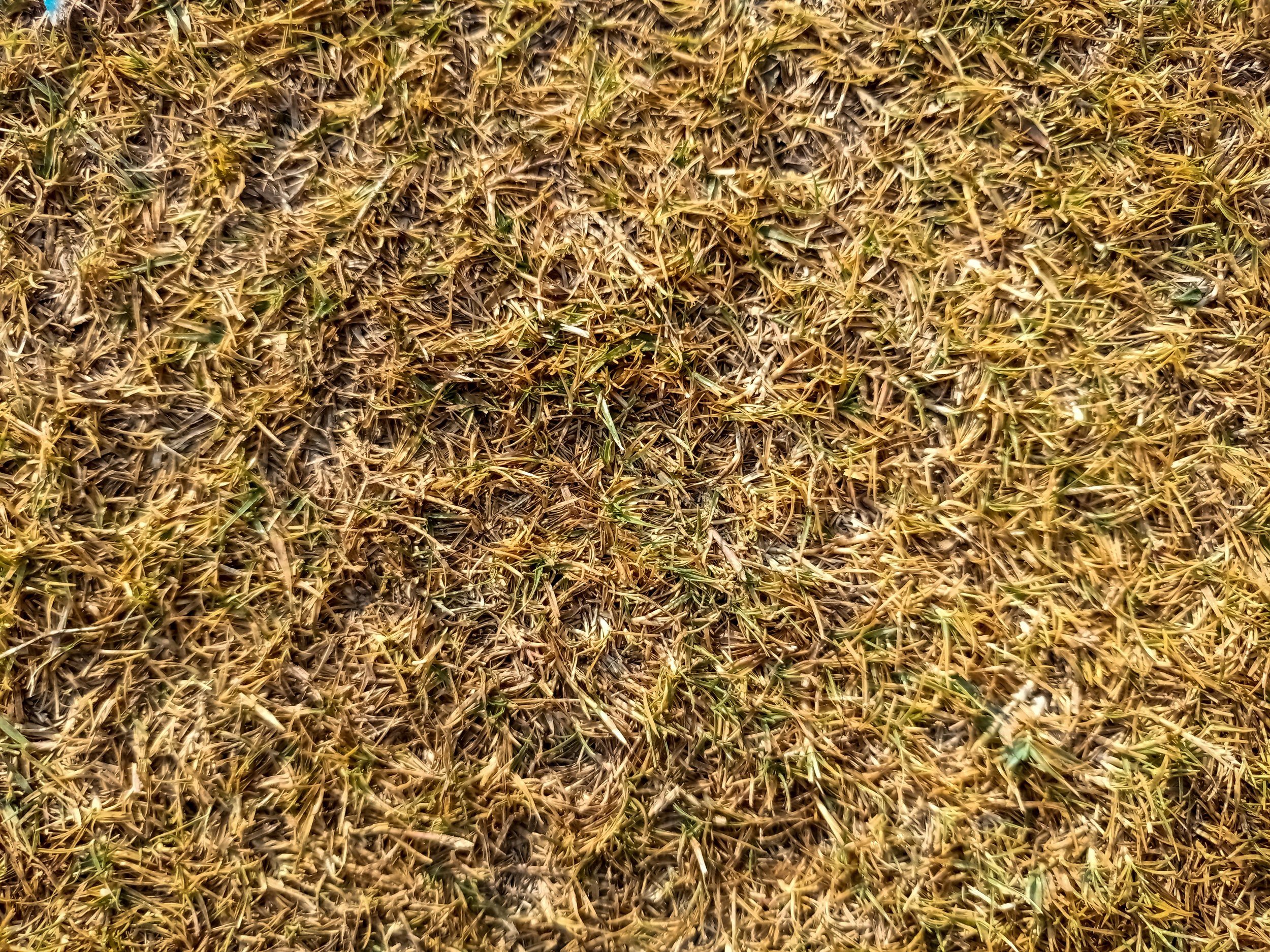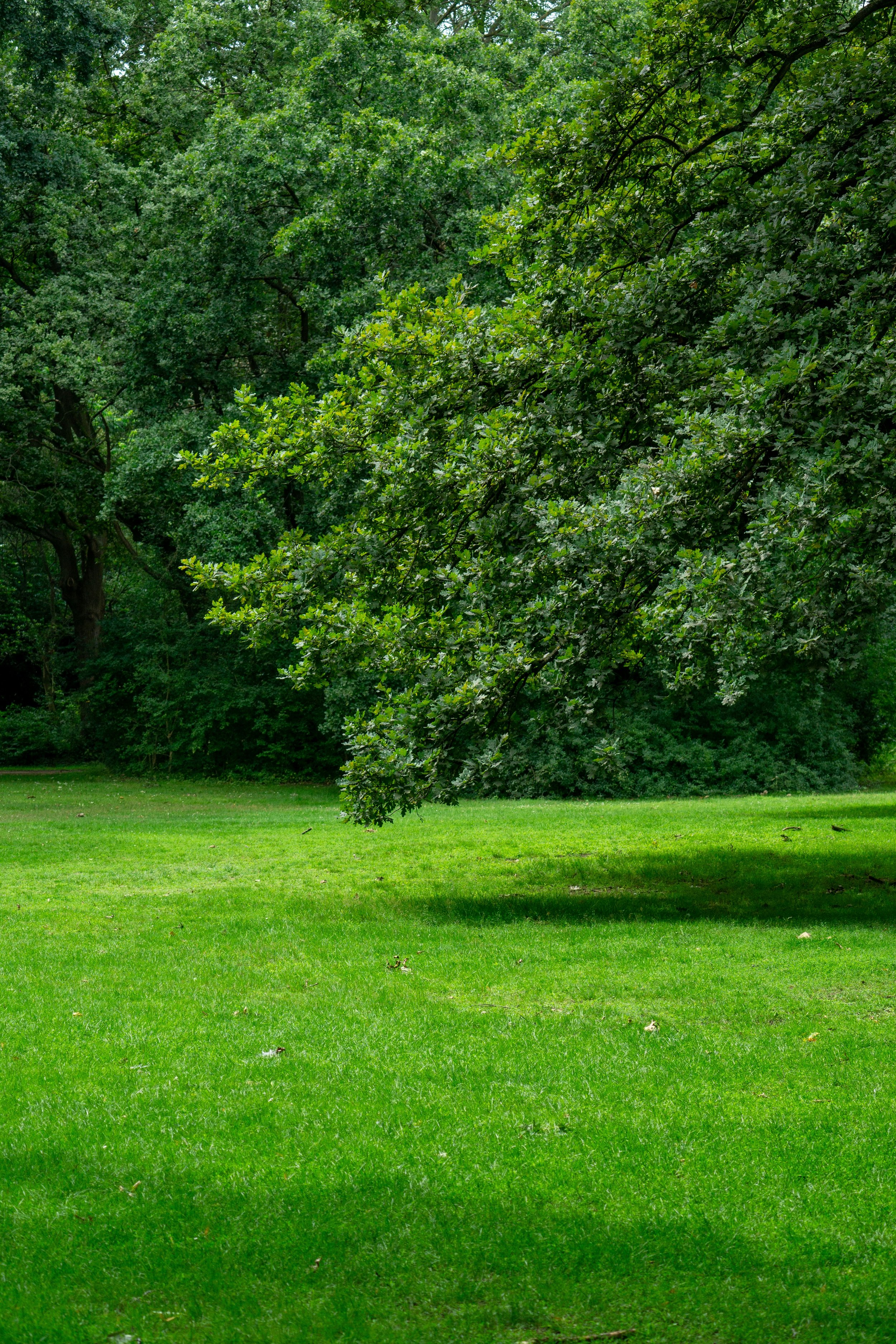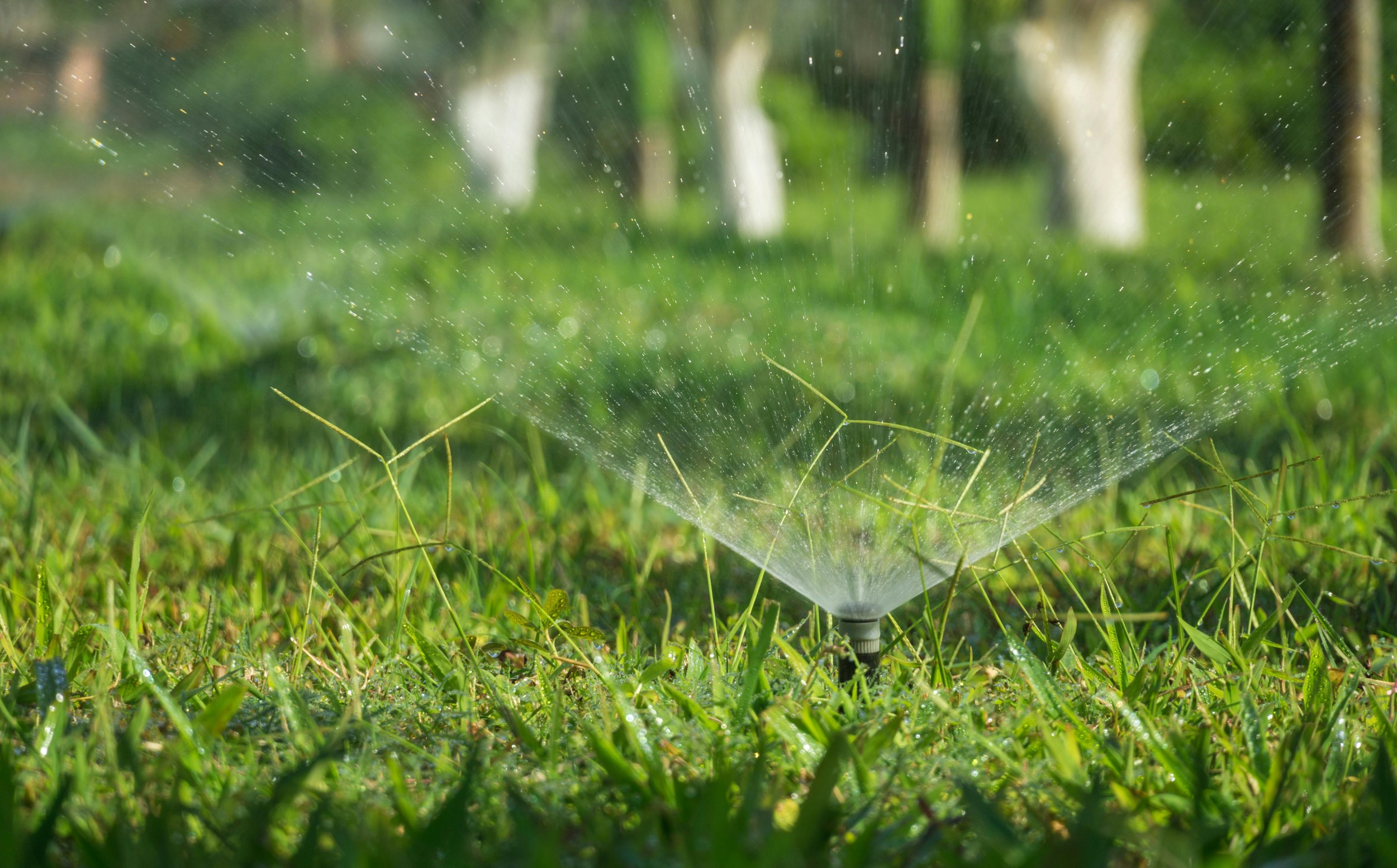How to Edge Your Lawn Perfectly: Step-by-Step Guide
Want a professional-looking lawn? Learn how to edge your lawn perfectly with this step-by-step guide. Discover tips, tools, and techniques for a crisp, polished yard.
There’s nothing quite like a freshly edged lawn to make your yard the envy of the neighborhood. Those clean, crisp lines between your grass and walkways or flowerbeds don’t just look amazing—they also keep your lawn looking tidy and well-maintained. But, let’s be honest, how to edge your lawn perfectly isn’t exactly common knowledge for everyone.
If you’ve ever struggled with uneven edges or felt like your lawn lacked that polished touch, you’re in the right place. This How to Edge Your Lawn Perfectly: Step-by-Step Guide will walk you through the process, from choosing the right tools to nailing that professional look. So, let’s get down to the nitty-gritty and make your lawn the star of the block!
Why Edging Matters
Before we dive into the how, let’s cover the why. Why bother edging your lawn in the first place?
Boosts Curb Appeal: Edging creates clean lines that make your yard look well-groomed and inviting.
Prevents Overgrowth: It keeps grass from creeping into flowerbeds, sidewalks, or driveways.
Defines Boundaries: Edging helps separate different areas of your yard, like grass and mulch.
Improves Maintenance: A well-edged lawn is easier to mow and care for in the long run.
Edging is an essential landscaping technique that can make a significant difference in the overall appearance and maintenance of your yard. It boosts curb appeal by creating clean, sharp lines that give your lawn a well-groomed, polished look, making your home more inviting. Additionally, edging prevents overgrowth, stopping grass and weeds from creeping into flowerbeds, sidewalks, or driveways, which helps maintain a tidy, organized space. It also defines boundaries, clearly separating different areas of your yard, such as grass from mulch or garden beds, creating a more structured and cohesive design. Lastly, a well-edged lawn makes maintenance easier—mowing around defined edges is quicker and more efficient, saving you time and effort while keeping your yard looking pristine.
Tools You’ll Need to Edge Your Lawn
Before you roll up your sleeves, make sure you’ve got the right tools for the job. Here’s a quick list:
Basic Tools
Manual Edger: A half-moon-shaped blade for precise cutting.
String Trimmer: Great for light touch-ups along the edge.
Spade or Shovel: Useful for creating deeper edges.
Advanced Tools
Electric or Gas-Powered Edger: Ideal for large lawns or faster results.
Lawn Edging Shears: For trimming grass along tight corners.
Extras
Measuring tape (optional for straight lines)
Garden gloves
Safety goggles (if using power tools)
When to Edge Your Lawn
Timing is everything. Edging too often or at the wrong time can lead to unnecessary wear and tear on your lawn and tools.
Best Time: Edge your lawn after mowing when the grass is at its shortest.
Seasonal Maintenance: Aim for edging every 2-4 weeks during the growing season.
For the best results, it’s important to time your lawn edging carefully. The best time to edge is after mowing, when the grass is at its shortest. This ensures that the edges are clean and well-defined, giving your lawn a crisp, finished look. To maintain a neat and tidy appearance, aim to edge your lawn every 2-4 weeks during the growing season. This frequency helps keep grass from creeping into flowerbeds, sidewalks, or driveways, preventing overgrowth and maintaining the shape of your lawn. Regular edging also reduces the need for more intensive maintenance down the road, keeping your yard looking sharp and well-kept with minimal effort. Keeping a consistent schedule ensures your lawn always looks its best.
How to Edge Your Lawn Perfectly: Step-by-Step Guide
Ready to get your lawn looking razor-sharp? Follow these steps:
Step 1: Plan Your Edge Lines
Walk around your yard and decide where you want the edges.
Use a garden hose or string to mark the lines if you want straight or curved edges.
Step 2: Choose Your Tool
For small yards, a manual edger or spade works fine.
For larger areas, consider a powered edger for efficiency.
Step 3: Start with the Hard Edges
Begin along sidewalks, driveways, or patio edges. These provide natural boundaries and are easier to follow.
Place the blade of your edger against the edge and push down firmly to cut through the grass.
Step 4: Tackle the Flowerbeds and Curves
For flowerbeds, use a spade to create a trench that separates the grass from the mulch or soil.
For curved edges, move slowly and adjust your tool’s angle as needed to maintain smooth lines.
Step 5: Remove Excess Grass and Soil
Use a rake or your hands to clear away any grass clippings or soil from the edge.
This step ensures a clean finish and prevents debris from falling back into the trench.
Step 6: Refine the Edges
Go over the edges with a string trimmer or lawn shears to tidy up any stray blades of grass.
For an extra sharp look, consider trimming the grass height along the edge slightly lower than the rest of the lawn.
Step 7: Mulch or Fill the Edges (Optional)
If your edges border flowerbeds or garden areas, add mulch to keep weeds at bay and enhance the look.
You can also install permanent edging materials like bricks, stones, or plastic strips for a polished finish.
Tips for Edging Like a Pro
Keep Your Tools Sharp: Dull blades can make uneven cuts and tear grass.
Go Slow: Rushing can lead to crooked lines or uneven edges.
Maintain Consistency: Keep the depth of your edges uniform for a professional appearance.
Practice Makes Perfect: Don’t worry if your first attempt isn’t perfect—edging is a skill that improves with time.
Achieving clean, sharp edges in your lawn requires a bit of technique and attention to detail. First, make sure to keep your tools sharp, as dull blades can create uneven cuts and tear the grass, leading to a rough, unkempt look. Go slow as you edge, especially if you're new to the task. Rushing can result in crooked lines or inconsistent edges that detract from the overall appearance. Maintain consistency by keeping the depth of your edges uniform throughout the lawn, which will give it a polished, professional look. Finally, remember that practice makes perfect—don’t be discouraged if your first attempt isn’t flawless. Edging is a skill that improves over time, and with each effort, you’ll get better at creating those crisp, well-defined lines.
Common Mistakes to Avoid
Over-Edging: Cutting too deep can damage your grass roots and create weak spots.
Skipping Cleanup: Leaving clippings and soil can ruin the sharp lines you worked hard to achieve.
Using the Wrong Tool: Match your tool to the job—don’t use a manual edger for a massive yard!
While edging can transform your lawn, it's important to avoid common mistakes that could harm the appearance or health of your yard. Over-edging is one such pitfall—cutting too deep into the soil can damage the grass roots, creating weak spots that may not recover. Additionally, skipping cleanup after edging can leave clippings and soil behind, which can make the edges look messy and detract from the crisp, defined lines you’ve worked hard to achieve. Finally, using the wrong tool for the job can also lead to less-than-perfect results. For larger yards, don’t rely on a manual edger—opt for a more powerful tool like a string trimmer or power edger to make the task easier and more efficient. Avoid these mistakes for flawless, professional-looking results.
Benefits of Regular Lawn Edging
Still not convinced it’s worth the effort? Here are some perks of consistent edging:
Improved Lawn Health: Prevents grass from overgrowing and suffocating other plants.
Enhanced Aesthetics: Makes your yard look polished and professional.
Increased Property Value: A well-maintained lawn boosts curb appeal and home value.
Edging your lawn is more than just a cosmetic touch—it offers a range of benefits that improve the overall health and appearance of your yard. One key advantage is improved lawn health: regular edging prevents grass from overgrowing into flowerbeds or pathways, ensuring that other plants have enough space to thrive. In addition, edging enhances the aesthetics of your yard by creating clean, crisp lines that make the space look more polished and well-maintained. This simple task can elevate the appearance of your entire lawn, giving it a professional, finished look. Finally, a well-kept lawn with defined edges can significantly increase property value by boosting curb appeal and leaving a positive impression on potential buyers or guests.
Conclusion
There you have it—How to Edge Your Lawn Perfectly: Step-by-Step Guide. With the right tools, a bit of patience, and this handy guide, you can achieve those sharp, professional-looking lines that make your yard stand out.
Edging may seem like a small detail, but it has a big impact on your lawn’s overall appearance. So, roll up your sleeves, grab your edger, and show your lawn some love. Before you know it, your yard will be the talk of the neighborhood!
Read next: How to Revive a Dead Lawn: Step-by-Step Guide
Frequently Asked Questions
1. How often should I edge my lawn?
Every 2-4 weeks during the growing season is ideal for maintaining crisp edges.
2. Can I edge my lawn without a special tool?
Yes, you can use a spade or even a string trimmer for smaller areas, though dedicated edging tools make the job easier.
3. Is it better to edge before or after mowing?
Edging after mowing gives you a clearer view of the grass line and ensures a cleaner cut.
4. What’s the difference between edging and trimming?
Edging creates a clean boundary between grass and other surfaces, while trimming involves cutting grass in hard-to-reach areas.
5. Do I need to edge my lawn year-round?
No, focus on edging during the growing season. It’s usually unnecessary in winter when grass growth slows down.








